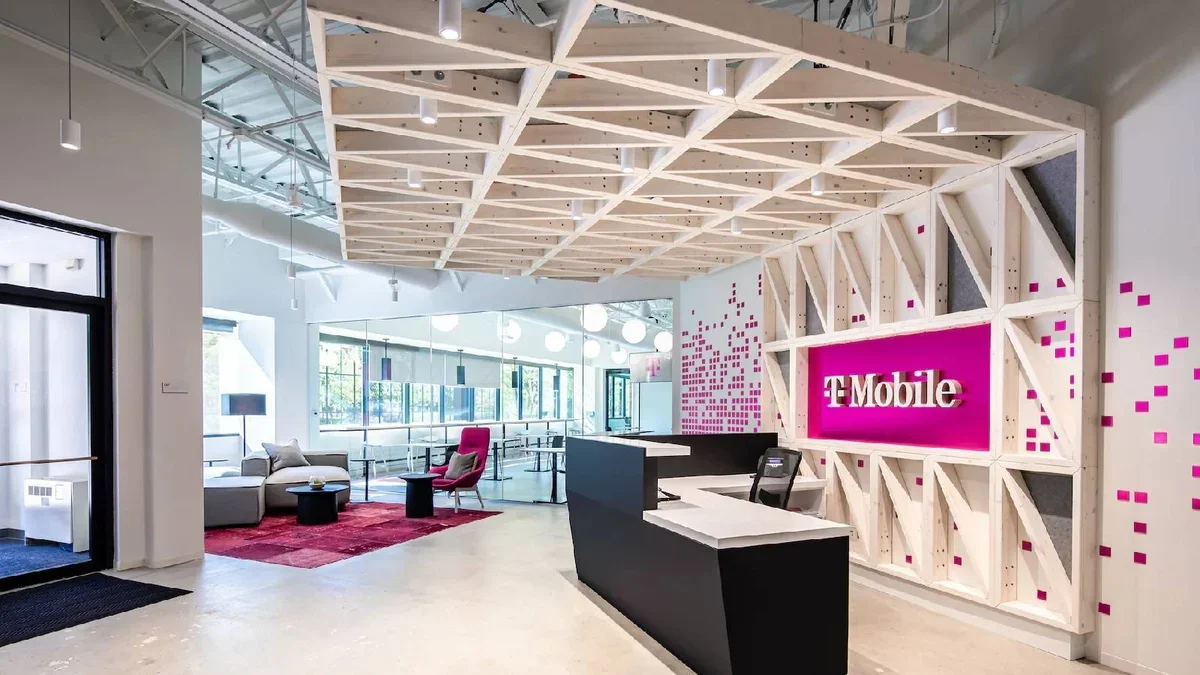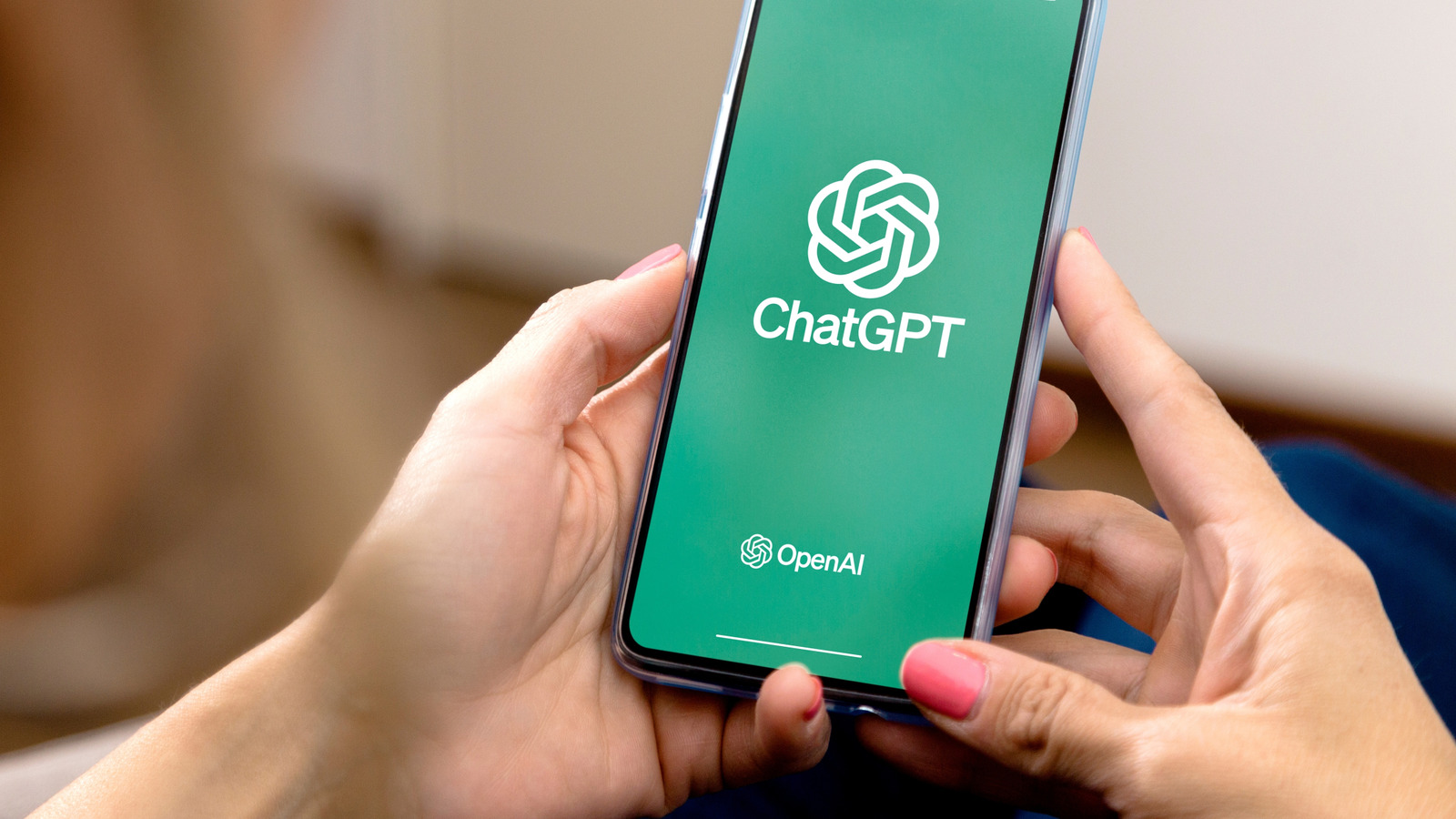Riding in a self-driving car may feel wildly futuristic, but one company is aiming to take autonomous transportation to new heights with its air taxis.
Wisk, which was founded in 2010 and acquired by Boeing in 2023, is developing autonomous aircraft that can get you across town in a fraction of the time it would take to drive. The airborne taxis can fly a distance of 90 miles at up to 120 knots, or around 140 miles per hour — on par with the average speed of a commercial helicopter.
The Wisk air taxi can fly without a pilot. The company has just unveiled its sixth-generation model.
Wisk has carried out nearly 2,000 test flights and recently unveiled the sixth generation of its air taxi. stopped by the company’s headquarters in Mountain View, California, for an exclusive early look.
Unlike other companies developing air taxis, such as Joby and Archer, Wisk aims to launch as a self-flying transportation mode from the outset. The planes are designed without a pilot’s seat, creating space inside for four passengers. The company plans to launch its autonomous flights in 2030, pending certification from the Federal Aviation Administration. It’ll take off first in Houston, Los Angeles and Miami.
Wisk’s sixth-generation aircraft has a roomy interior with four seats.
An exclusive look at Wisk’s redesigned aircraft
The new sixth-generation Wisk aircraft feels more like the inside of an SUV than a plane. It has a roomy interior with four seats and four doors. There are armrests, cup holders and charging ports, as well as compartments for stowing smaller carry-on items like backpacks and purses.
Each person has access to their own door, so you don’t have to awkwardly climb over anyone to get in or out. No middle seats here! There’s also Wi-Fi and air conditioning onboard — which isn’t always a given on smaller planes — that will hopefully make the ride more comfortable.
Wisk’s director of product design, Uri Tzarnotzky, gives me a tour of the latest aircraft design.
Screens inside the aircraft show a safety briefing — which is especially important when there’s no pilot or flight attendant onboard — followed by the flight path during the journey.
“Part of trusting an autonomous aircraft is believing, knowing, that it knows where it’s going,” said Uri Tzarnotzky, Wisk’s director of product design. “If you’re flying in a dense urban area with skyscrapers, or if you’re flying [over] an LA basin and you’re surrounded by terrain, knowing that the aircraft knows those things are there is huge. It’s like your Tesla or your Waymo showing you that there’s other cars or pedestrians. It’s the same thing.”
Wisk’s air taxi may not have a pilot onboard, but there are still people on the ground monitoring the aircraft who can intervene if there’s a problem. They can communicate with air traffic control and facilitate an expedited landing if there’s an issue. A camera constantly monitors the cabin in case of an emergency, and there’s a call button both in the aircraft and in the Wisk mobile app if you need help.
A trunk at the front of the aircraft can hold up to four suitcases.
Preparing for take-off
The sixth-gen Wisk aircraft hasn’t flown just yet, but the goal is to get it up in the air by the end of this year for testing. It’ll be at least a few years before customers can hitch a ride.
“Bringing passengers onboard is a huge milestone, and it requires a lot of eyes along the way — and a big set of eyes is the FAA,” Tzarnotzky said. “We are currently in the process of certifying gen 6 with the FAA. It’s the first four-seat, fully electric, autonomous air taxi in a certification program with the FAA now.”
Tzarnotzky said Wisk could get the green light to take off with passengers before the end of the decade, but it’s ultimately up to the FAA. In the meantime, the company will continue testing and integrating with the airspace to prepare for launch.
Although Wisk’s aircraft is autonomous, AI doesn’t play quite as central a role as one might expect.
“The aircraft isn’t thinking, it’s not doing machine learning. It’s actually doing something very reliable and predictable,” Tzarnotzky said. Like commercial flights today, which rely heavily on automated systems to reduce the pilot’s workload, “we’re flying a preprogrammed route — with alternate locations in case of an emergency, alternate locations in case of weather — but it’s all preprogrammed.
“The only thing it’s doing on the fly is detecting and avoiding potential hazards,” Tzarnotzky continued. “So if you have someone not talking to ATC flying in your way, our aircraft can see that aircraft, avoid it and then get back on track and finish that flight without anyone having to intervene. That’s the only real autonomous aspect.”
When landing, the aircraft will communicate with on-the-ground systems that can see the landing zone and make sure it’s all clear.
The aircraft’s display will first show a safety briefing, followed by the flight path during the journey.
Hailing an autonomous air taxi
When Wisk becomes available to the public, you’ll use an app to plan your entire journey.
That includes how you’ll get to the aircraft, the flight itself and then your transportation from the landing point to your final destination. Wisk will partner with other companies to ideally make each of those transportation steps available in that one app — whether it’s taking a scooter, riding a bike or hailing a rideshare — so your trip is covered from start to finish.
How much flights will cost is still up in the air.
“It’s gonna change over time. It’ll obviously go down over time, especially as this starts to scale — which you could only do with an autonomous system,” Tzarnotzky said. “Right now, we’re talking about something like an Uber Black. That’s kind of the order of magnitude you can expect at entry into service.”
Initially, this service will likely cater most to business travelers getting off of commercial flights who want a quick air ride to their next destination — especially since prices are likely to be high in the beginning.
Don’t miss any of our unbiased tech content and lab-based reviews. Add as a preferred Google source.
Over time, Wisk plans to expand availability and have the aircraft land in more central, convenient locations on what are called vertiports. These are essentially helipads with charging infrastructure, which might also house amenities for passengers such as bathrooms and restaurants.
Wisk says it only takes 15 minutes to charge the aircraft. That means it can be done in around the time it takes to get passengers off a flight and prepare the cabin for the next riders. If you’re still feeling uneasy about flying on an aircraft without a pilot, Wisk says its tech will actually make flights safer.
“There are redundant systems on board — redundant software, battery, propulsion,” Tzarnotzky said. “Everything is fail-safe, there’s no single point of failure. It’s incredibly safe.”
Still, there might be a learning curve for getting used to a plane that flies itself. But autonomy seems to be shaping the future of transportation — both on the ground and in the skies.
Check out the video above for a look at Wisk’s latest sixth-generation aircraft.








